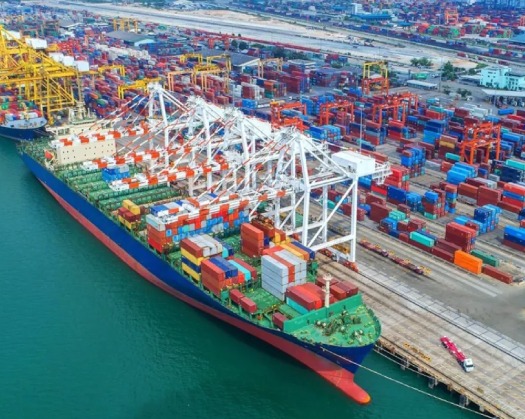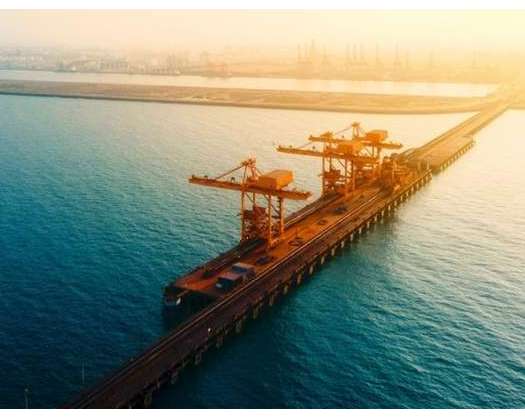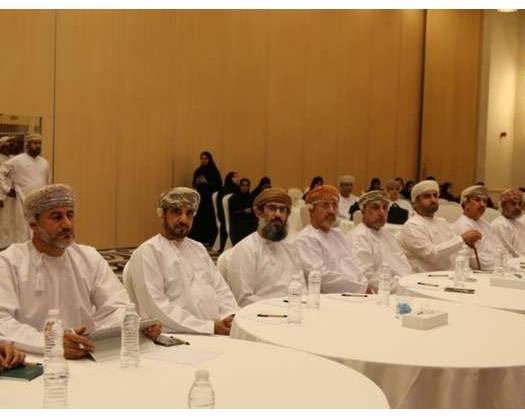New Delhi: According to a recent assessment by the credit rating agency ICRA, significant disruptions continue to plague the Indian aviation sector due to persistent supply-chain complications and engine-related issues.
These difficulties have had a considerable effect on the airlines' ability to operate efficiently, resulting in increased costs and delays.
The report stated that "Challenges in supply chains and engine malfunctioning hinder industry capacity; the industry has been experiencing supply-chain difficulties along with problems related to the engines provided by Pratt and Whitney (P&W) to various carriers. "
It further noted that Go Airlines (India) Limited was severely affected, with almost half of its fleet grounded in FY2024 as a result of defective engines. The National Company Law Tribunal (NCLT) eventually mandated the airline’s liquidation in January 2025.
Similarly, another significant carrier, InterGlobe Aviation Limited (IndiGo), had roughly 60 to 70 aircraft out of service as of January 30, 2025, including those impacted by powder metal contamination, a flaw in the materials utilized for engine components.
Consequently, in March 2025, around 133 aircraft from selected Indian airlines were sidelined, representing nearly 16 percent of the overall fleet.
While this figure shows an improvement compared to the 154 grounded planes as of September 30, 2023, it still poses a considerable setback to the industry’s operational capacity. These limitations have significantly influenced the available seat kilometer (ASKM), an important metric for assessing airline capacity.
The worldwide recall of P&W engines combined with delays in manufacturer testing has exacerbated the situation. Airlines have been compelled to lease extra aircraft—largely through wet leasing options—to compensate for the grounded planes.
This necessity has led to elevated leasing costs, increased operational expenses, and diminished fuel efficiency, especially since some of the replacement aircraft are older models acquired through immediate leasing arrangements.
In spite of these challenges, the industry has benefitted somewhat from favorable ticket pricing (yields), strong passenger load factors (PLF), and partial reimbursement from engine manufacturers. These elements have contributed to mitigating the financial strain to a degree.
Further complicating the operations in FY2025 were workforce shortages, especially among pilots and cabin crew. This resulted in frequent flight delays and cancellations, further impacting capacity and inconveniencing travelers.
Although some progress is anticipated in FY2026, the Indian aviation industry is still contending with several obstacles that undermine its efficiency and profitability.












